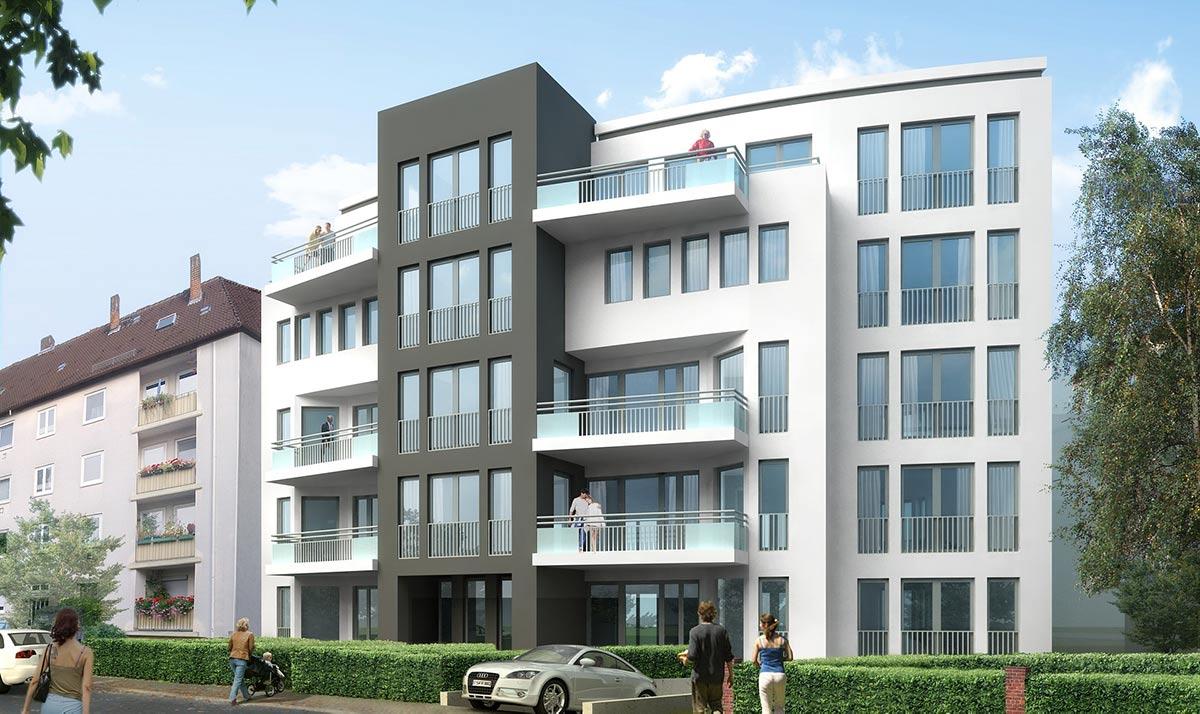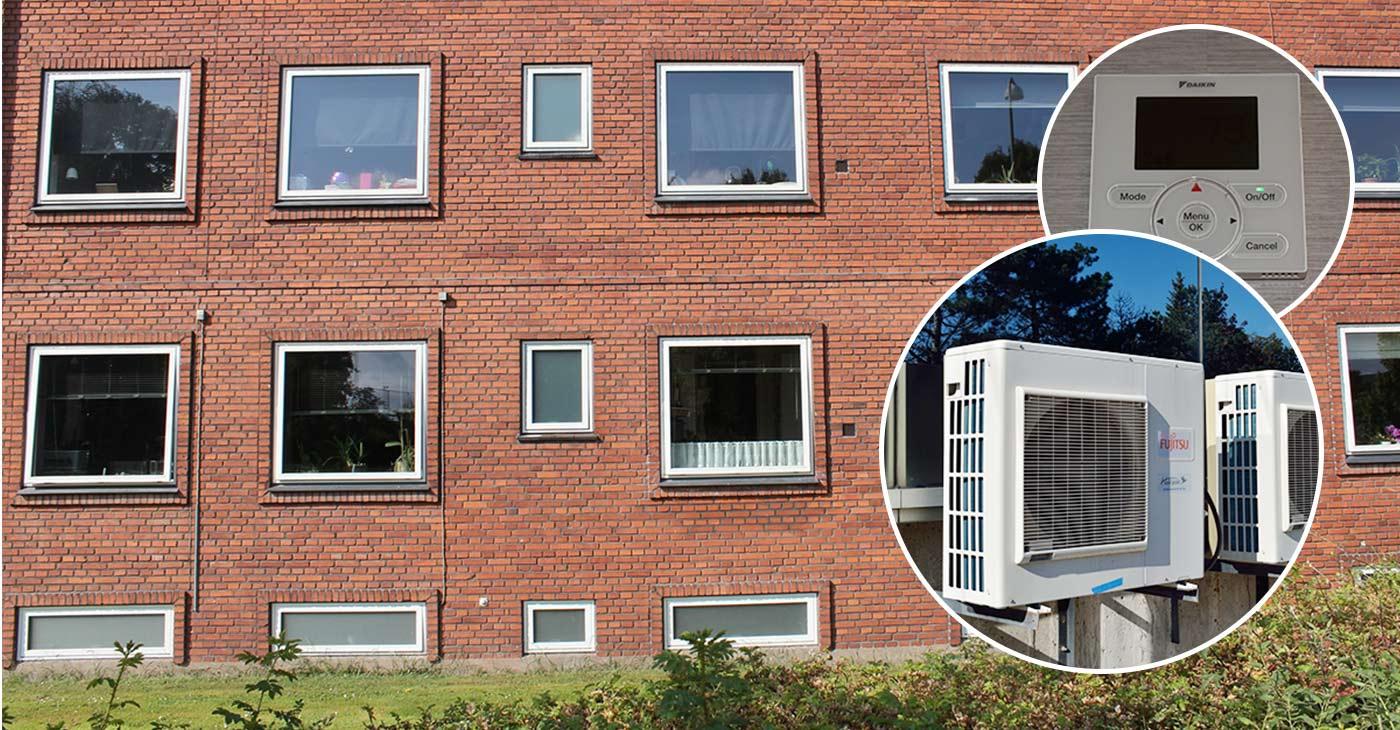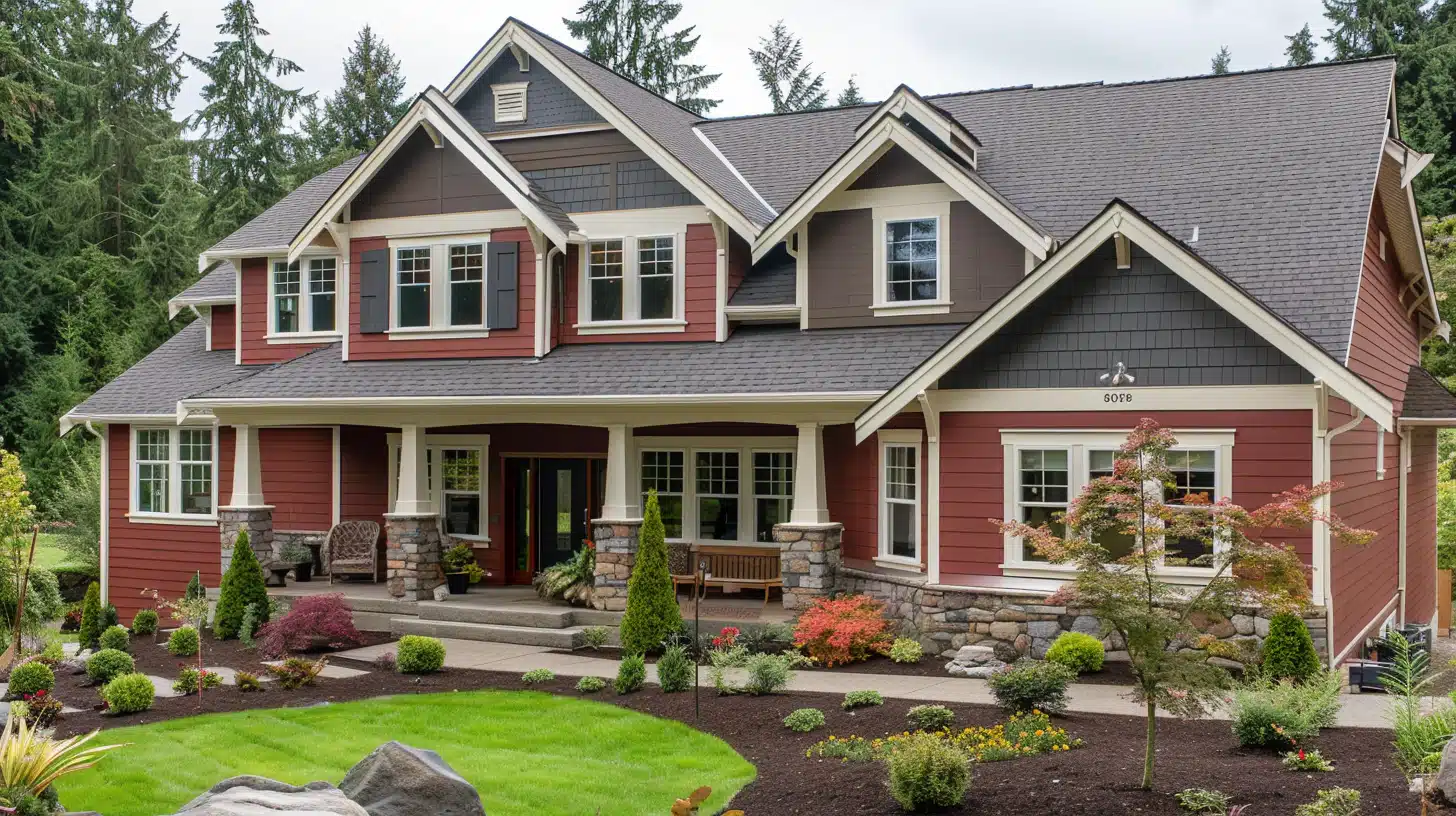How Does a Multi-Zone Hvac System Work in A Residential House?
Before diving into how a multi-zone HVAC system works in a residential setting, it’s essential to understand the fundamental components and principles of HVAC (Heating, Ventilation, and Air Conditioning) systems.
These systems are critical for maintaining thermal comfort, controlling indoor humidity levels, and ensuring optimal indoor air quality (IAQ). Traditional HVAC systems operate by conditioning the entire home uniformly, regardless of varying thermal loads and occupancy patterns across different rooms.
However, with advances in HVAC technology and an increased focus on energy efficiency and customized comfort, multi-zone HVAC systems have gained traction, particularly in high-performance residential applications.
Multi-Zone HVAC Systems
A multi-zone HVAC system allows for individual control of temperature and airflow in different parts of your home. This is especially useful in homes where different rooms have different needs—for example, a sunny living room might need more cooling, while a basement might need more heating.
By dividing the home into zones, a multi-zone system can provide the right amount of heating or cooling where it’s needed, reducing energy waste and improving comfort. Whether you live in a single-family home, a large estate, or a multi-story house, a multi-zone HVAC system can offer a sophisticated way to manage your indoor climate.
HVAC zoning technology
HVAC zoning technology involves using advanced equipment and strategies to divide your home into multiple zones, each with its own temperature settings. Each zone has its own thermostat and is controlled by a central system that uses specialized zoning algorithms.
These systems use motorized zone dampers (which control the flow of air through the ducts), modulating Variable Air Volume boxes (which adjust the amount of air delivered), or multi-split systems (where one outdoor unit serves multiple indoor units).
These technologies ensure that each zone in your home receives the right amount of heating or cooling, based on factors like room size, insulation, and how often the space is used.
The system may also include digital scroll compressors, which adjust the compressor speed to match the demand, electronically commutated motors that improve energy efficiency, and direct digital control systems that provide precise control over the entire system. Visit VVSkonsult.net to read more about HVAC design and CAD-drawn systems
The key components of multi-zone HVAC systems
Here’s how the different parts of a multi-zone HVAC system work together in a residential setting:
Zoning sensors and control unit
The central control unit is the brain of the system, managing everything from temperature settings to airflow. This unit might be a sophisticated Building Management System or a zoning controller that communicates with all parts of the system.
The thermostats in each zone send information to this central unit, which then adjusts the system to meet your preferences. Some systems even include sensors that monitor humidity, carbon dioxide (CO2) levels, and volatile organic compounds (VOCs) to ensure the air quality is just as good as the temperature.
Zone dampers
Zone dampers are valves within the ductwork that control the flow of air to different parts of your home. These dampers are controlled by actuators, which open or close them based on the signals they receive from the central control unit.
This allows the system to send more air to areas that need more heating or cooling while reducing airflow to areas that don’t need as much. In advanced systems, pressure-independent dampers may be used to keep the airflow balanced throughout the house.
Independent thermostats
Each zone has its own thermostat, which might be a smart thermostat with Wi-Fi connectivity, allowing you to control the temperature from your phone.
These thermostats can adjust the temperature based on factors like whether someone is in the room or the humidity level. They send signals to the central control unit to make sure each zone gets the right amount of heating or cooling.
Ductwork
The ductwork is the system of ducts that carries air throughout your home. In a multi-zone system, the ducts are carefully designed to make sure each zone gets the right amount of air.
This might involve using special materials to reduce noise or adding insulation to keep the air at the right temperature as it travels through the ducts. Engineers use advanced software to calculate the size and layout of the ducts to make sure the system is as efficient as possible.
Air handlers or fan coils
Air handlers or fan coils are units that help distribute the conditioned air to each zone. These units often have variable-speed electronically commutated motors, which adjust the speed of the fan to match the demand, ensuring efficient operation.
They might also include advanced filtration systems like MERV 13 or HEPA filters, UV-C lamps to kill germs, and electronic air cleaners to remove dust and other particles from the air. The size and capacity of these units are chosen based on the specific needs of each zone.
How Does a Multi-Zone HVAC System Work in A Residential Home?
With a multi-zone HVAC system, your home is divided into different zones, each with its own temperature settings and airflow requirements. The system uses advanced zoning technology to make sure each zone gets the right amount of heating or cooling.
Zone configuration – When designing the system, the home is divided into zones based on factors like room layout, insulation, and how often each room is used. Engineers might use so-called “Computational Fluid Dynamics” simulations to model how air will move through space, ensuring that each zone is comfortable and energy-efficient.
Thermostat settings – Homeowners set the desired temperature for each zone using advanced thermostats. These thermostats might include features like programmable schedules, geofencing (which adjusts the temperature based on your location), or AI-driven controls that learn your preferences over time.
Central control unit – The central control unit receives information from the thermostats and adjusts the system’s operation accordingly. It might change the speed of the compressor, adjust the airflow, or open and close dampers to meet the temperature needs of each zone.
Zone dampers adjustment – The zone dampers adjust the airflow to each zone based on the signals they receive from the central control unit. If one zone needs more cooling, the damper will open wider to let more air in. In some systems, Variable Refrigerant Flow technology is used to precisely control the amount of refrigerant delivered to each indoor unit.
Zoned air distribution – The conditioned air is distributed through the ducts to each zone. The ductwork is designed to minimize energy loss and ensure that each zone receives the right amount of air.
Temperature sensors – Temperature sensors, sometimes combined with humidity and CO2 sensors, are placed throughout the home to monitor conditions in each zone. These sensors send data to the central control unit, which uses the information to make real-time adjustments to the system. In some advanced systems, wireless sensor networks are used to provide even more detailed monitoring.
Multi-zone ductwork design – The design of the ductwork in a multi-zone system is critical. Engineers use software to calculate the best layout for the ducts, taking into account factors like air pressure, noise, and energy efficiency. The ducts are designed to deliver the right amount of air to each zone while minimizing energy loss and noise.

Multi-split HVAC systems
A multi-split HVAC system is ideal for homes where flexibility and energy efficiency are important. These systems allow you to control the temperature in different zones using a single outdoor unit. Each indoor unit is controlled independently, which means you can set different temperatures in different rooms.
Multi-split systems often include advanced features like Variable Refrigerant Flow technology, Energy Recovery Ventilators to improve indoor air quality, and integrated dehumidification systems to keep the air comfortable.

Zoned HVAC system benefits
Multi-zone HVAC systems offer many benefits over traditional systems, especially in homes where comfort and energy efficiency are priorities.
By allowing you to control the temperature in different areas of your home, these systems can reduce energy consumption by only heating or cooling the areas that need it. This not only saves money on your energy bills but also helps reduce your home’s environmental impact.
Zoning also improves indoor air quality by allowing you to target ventilation and filtration in specific areas. This is especially important in homes with tight building envelopes or where air quality is a concern.
Advanced zoning systems can be integrated with air quality monitoring devices to ensure that each zone meets the desired air quality standards. Consistent temperature control across different zones also helps eliminate hot or cold spots, ensuring that every room in your home is comfortable. Check this article before you hire an HVAC business consultant.
Applications of multi-zone HVAC systems in residential housing
Multi-zone HVAC systems are perfect for a variety of residential settings, from single-family homes to large estates. These systems allow for customized comfort in different areas of the home, such as bedrooms, living spaces, and home offices.
In multi-story homes, they are especially useful for managing temperature differences between floors, which can be challenging in homes with varying sun exposure or insulation levels.
Zoning retrofit for existing systems
Retrofitting an existing HVAC system with zoning capabilities is a great way to improve comfort and efficiency without replacing the entire system. This process involves adding zone dampers, thermostats, and control panels to your existing ductwork.
An experienced HVAC contractor will assess your home’s layout, ductwork, and heating and cooling needs to determine the best approach. They’ll consider factors like air pressure, airflow, and equipment compatibility to ensure that the retrofit works seamlessly with your existing system.
The function of multi-zone HVAC systems in summary
Multi-zone HVAC systems offer a cutting-edge solution for personalized comfort in residential homes. By dividing the home into zones and using advanced control systems, these systems optimize energy use, improve indoor air quality, and ensure that every part of your home is comfortable.
As HVAC technology continues to evolve, multi-zone systems are becoming an essential part of modern, energy-efficient homes.







